Home Decorators Collection Weyburn 36 in. 5-Light Bronze Farmhouse Linear Chandelier Light Fixture with Caged Metal Shade
Kitchen lighting, kitchen island lighting, dining room lighting. Hanging ceiling light appeals to classic and farmhouse décor. Uses (5) 60W E12 incandescent or LED light bulbs, not included.
The Weyburn Collection exhibits farmhouse style indoor lighting with rustic, industrial appeal. Enhance your kitchen island or dining room table with the classic styling of this five-light island chandelier. Highlighted by a contemporary metal birdcage design and bronze finish, this chandelier adds a warm glow to a variety of indoor applications and complements rustic and farmhouse decor styles. The open caged shade exposes the candelabra style bulbs for a classic look, perfect for providing ample task lighting where needed most. This adjustable linear chandelier is mounted with a matching rectangular ceiling canopy and includes 5 feet of chain for a customizable suspension height. Shop the Weyburn Collection for additional finish options and light counts.
- Farmhouse chandelier in bronze finish
- Includes 60 in. chain for adjustable hanging height from 19.5 in. up to 80 in.
- Rectangular ceiling canopy measures 11 in. L x 5 in. W x 1 in. H
- Uses (5) 60-watt candelabra base bulbs, not included
- LED light bulb compatible, use 60-watt equivalent
- Bulbs can be accessed through the open cage metal shade
- Dimmable when used with compatible light bulbs/dimmer switch combination
- Linear chandelier, ideal for use in dining room areas and kitchens
- Suitable for use in dry, indoor locations
- Assembly instructions and matching hardware included
- Shop the Weyburn Collection for additional finishes and sizes
- Recommended hanging height of 30-36 in. above kitchen islands
Additional information
| Chain Length (in.) | 60 |
|---|---|
| Fixture Depth (in.) | 13 |
| Fixture Height (in.) | 19.5 |
| Fixture Weight (lb.) | 12.1 |
| Fixture Width (in.) | 36 |
| Maximum Hanging Length (in.) | 80 |
| Mounting Deck Height (in.) | 1 |
| Mounting Deck Width (in.) | 11 |
| Certifications and Listings | ETL Listed |
| Manufacturer Warranty | 2 Year Limited Warranty |

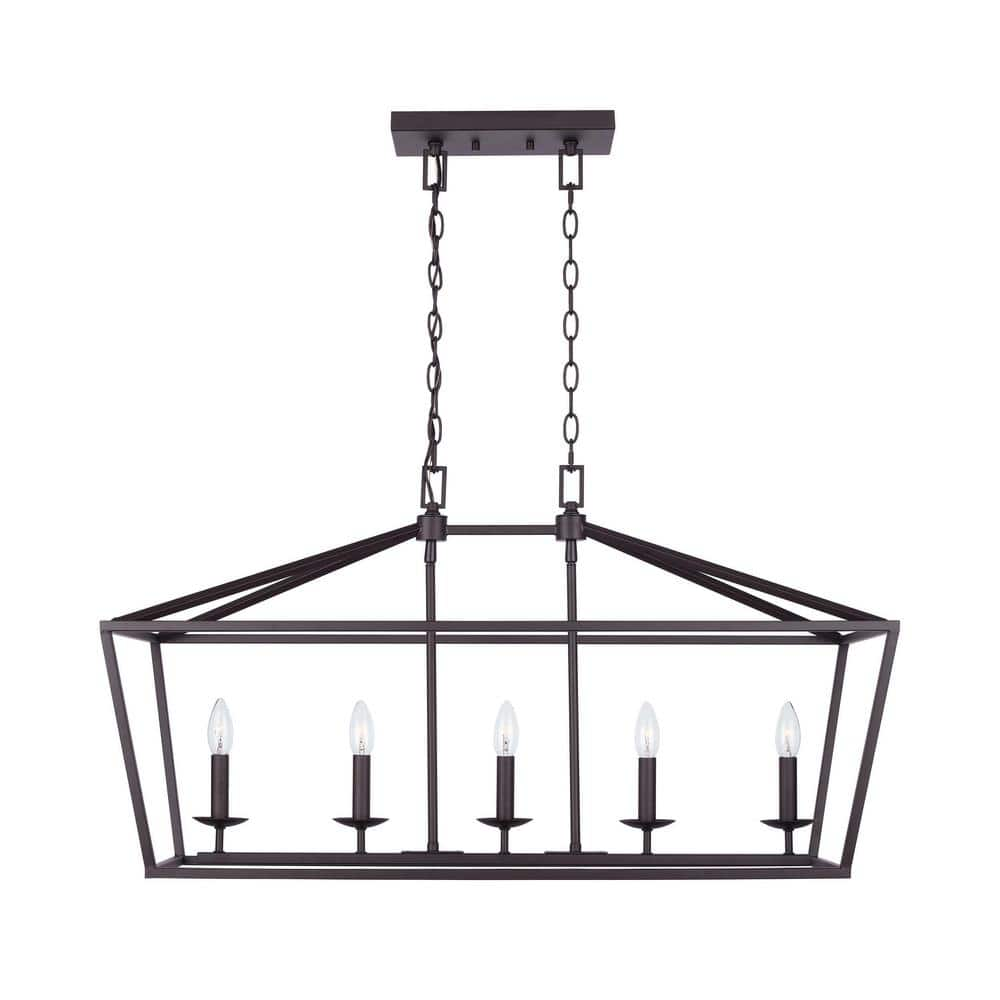
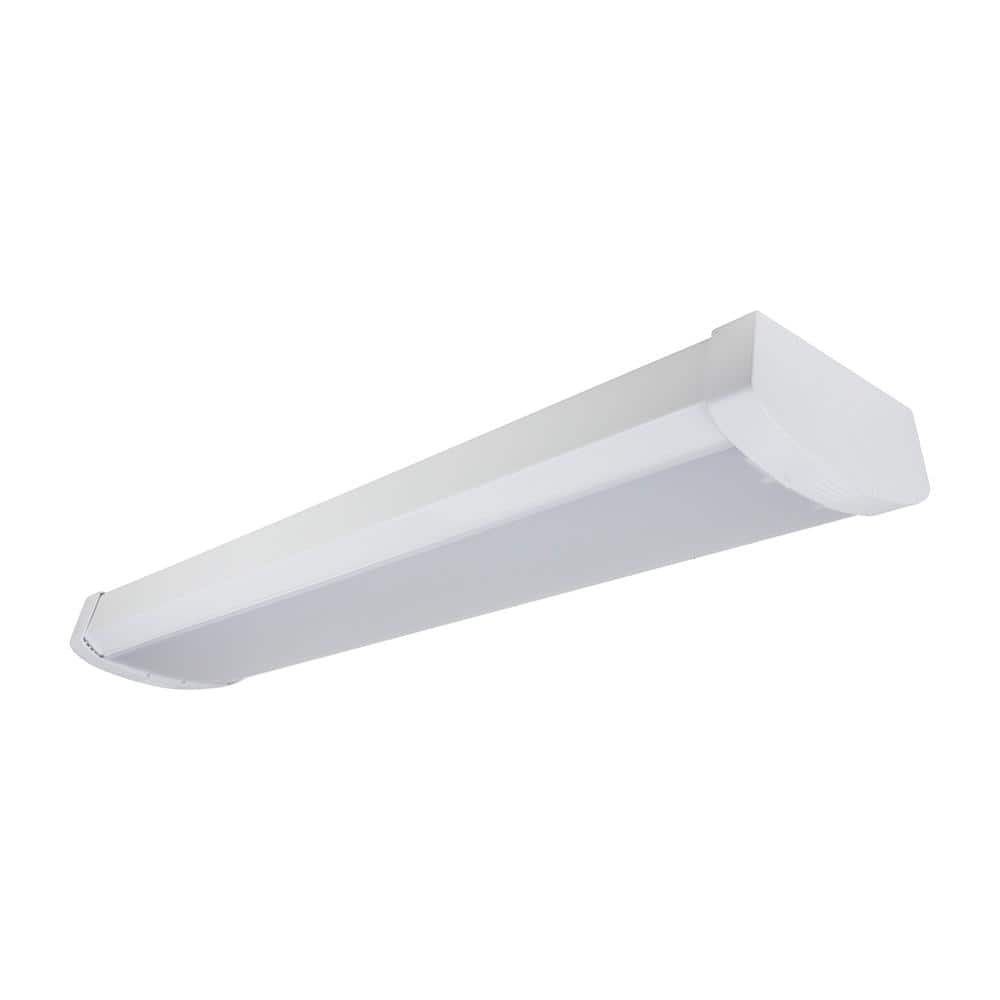
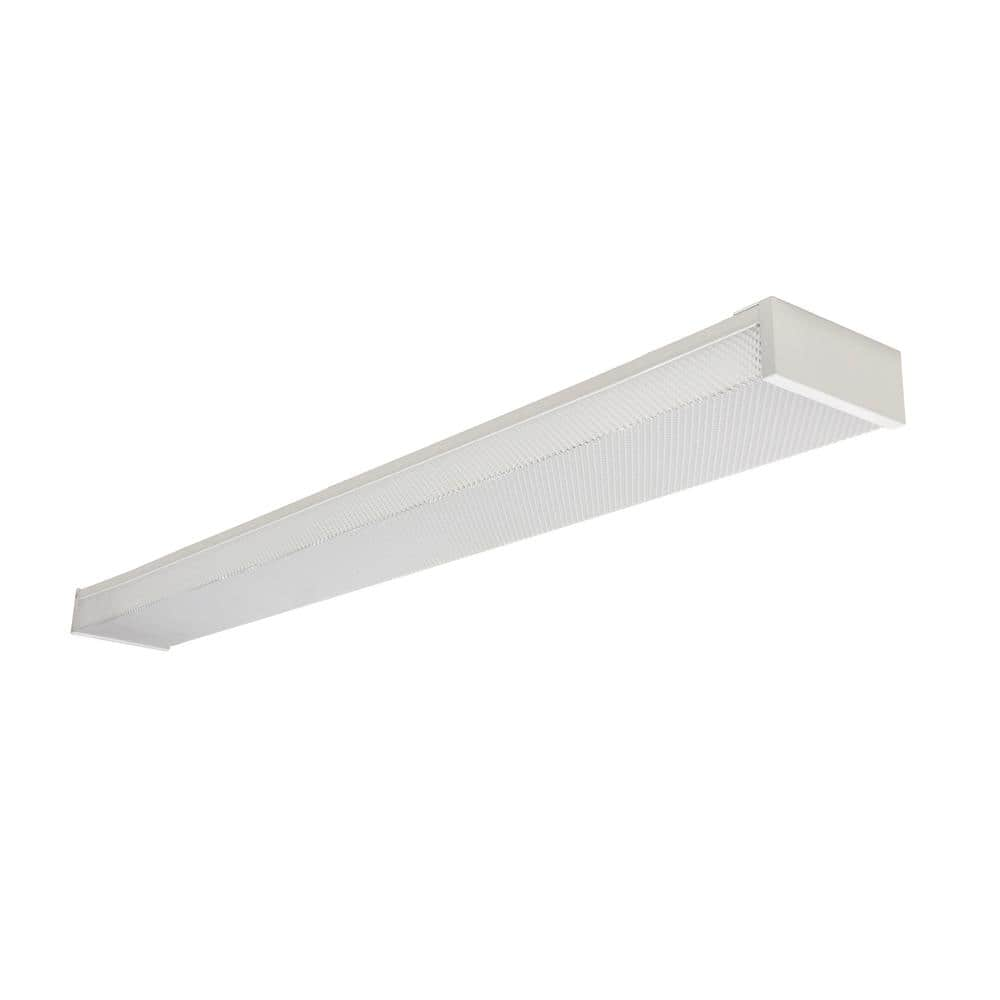
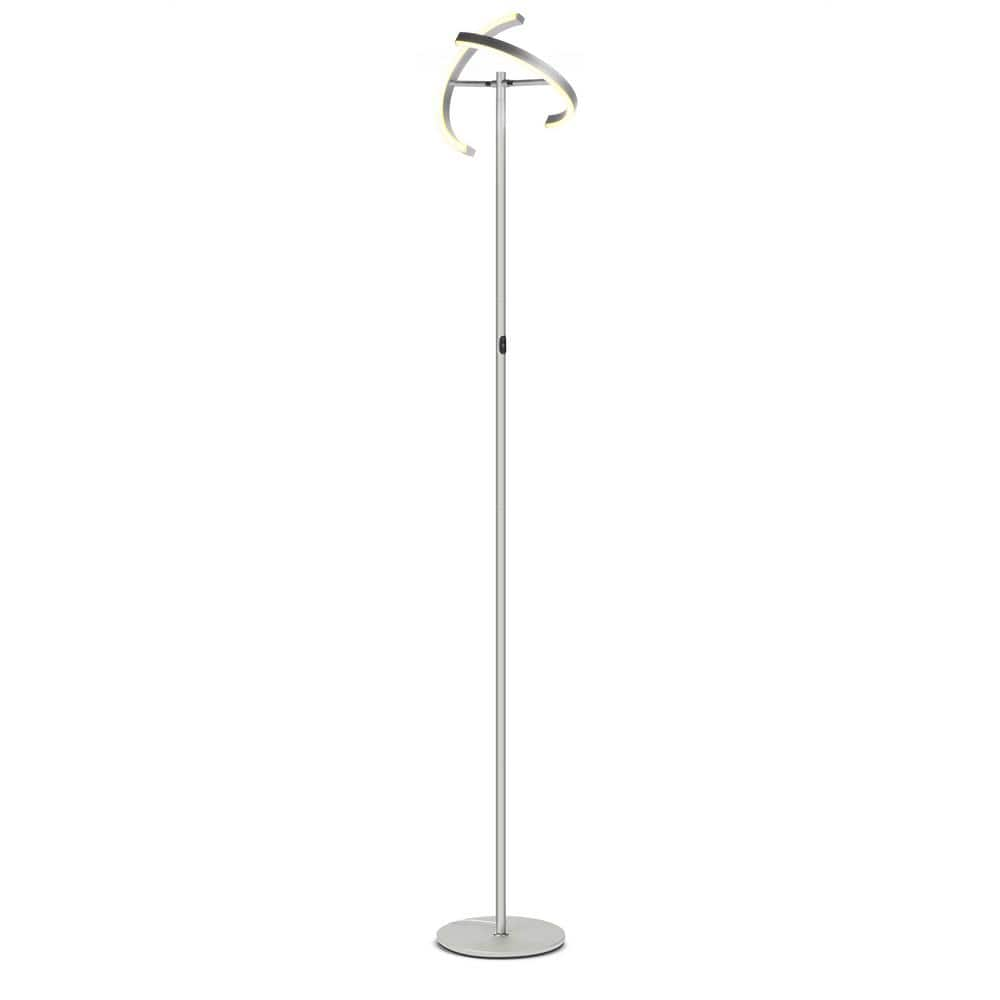
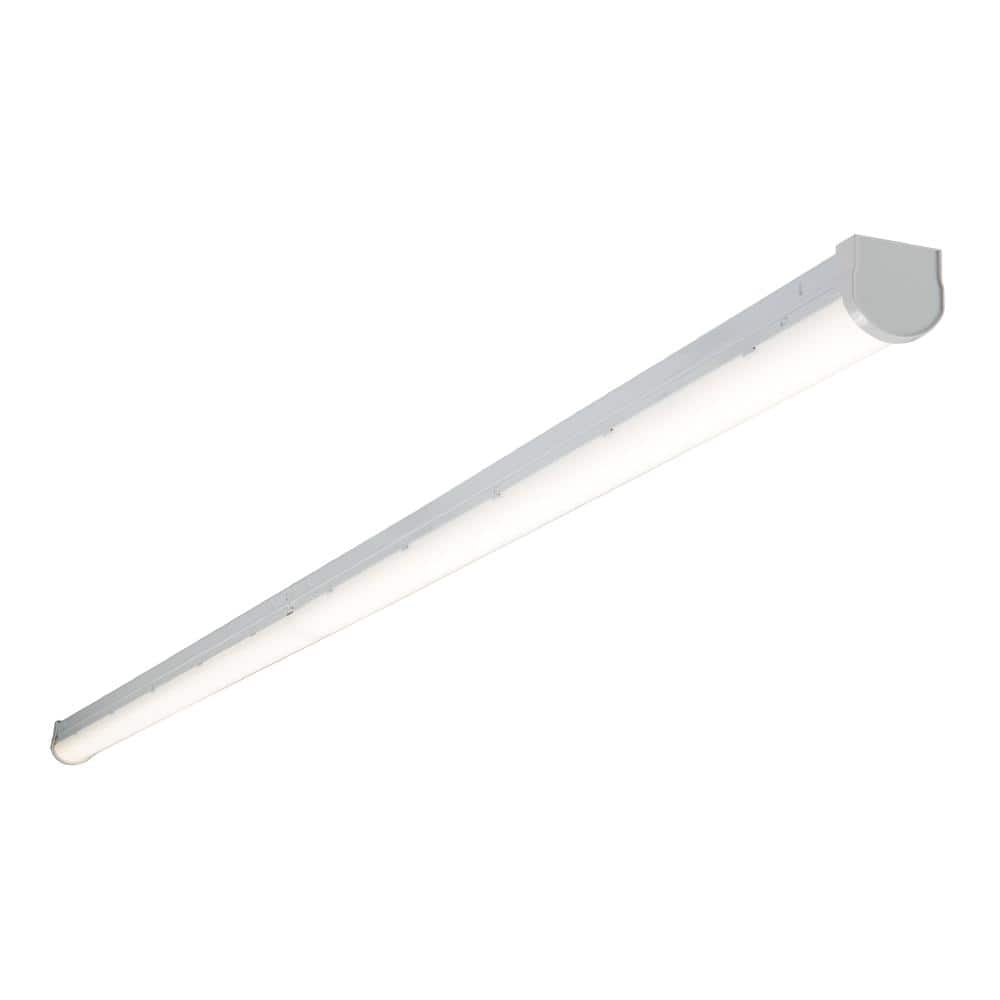
by Tina
The gold is not too bright and coordinates well with Liberty brushed brass pulls.
by Tiffany
This wasn’t the finish I was looking for, but the light was very nice, fair amount of weight to it and the color was pretty if that’s what you’re looking for. There might be some reflections off the plastic packaging material, so ignore any odd reflections in the photos.
by Amber
I really love this caged chandelier! They look great over our kitchen island! They emit a lot of light (bulb dependent), so we will be installing a dimmer switch to use with them.
by William
Love this five light Farmhouse chandelier! Was well assembled and easy to install and s beautiful addition to my dining area! Black and polish chrome looks elegant!
by Chris
Beautiful, exactly what we were looking for.
by Vero
Our house has a pretty awesome entry way but the original light fixture was horrendous! I ordered the Weyburn 6-Light and it has made our entry way look so grand! It was easy to install took about 20 minutes. I highly recommend it.
by Rita
I really enjoy this fixture. The brushed nickel color is gorgeous when turned on and I appreciate the instructions which were very to follow. The chain and electric cords are extremely long, so you need a stripper or if your highly skilled like me a sharp scissors to cute and strip to desired length. Highly recommend this produce considering the price point
by Porch
Absolutely LOVE my chandelier! It’s not too flashy or ostentatious, but elegant in its own simple and plain way. It has a “London” look which I love.